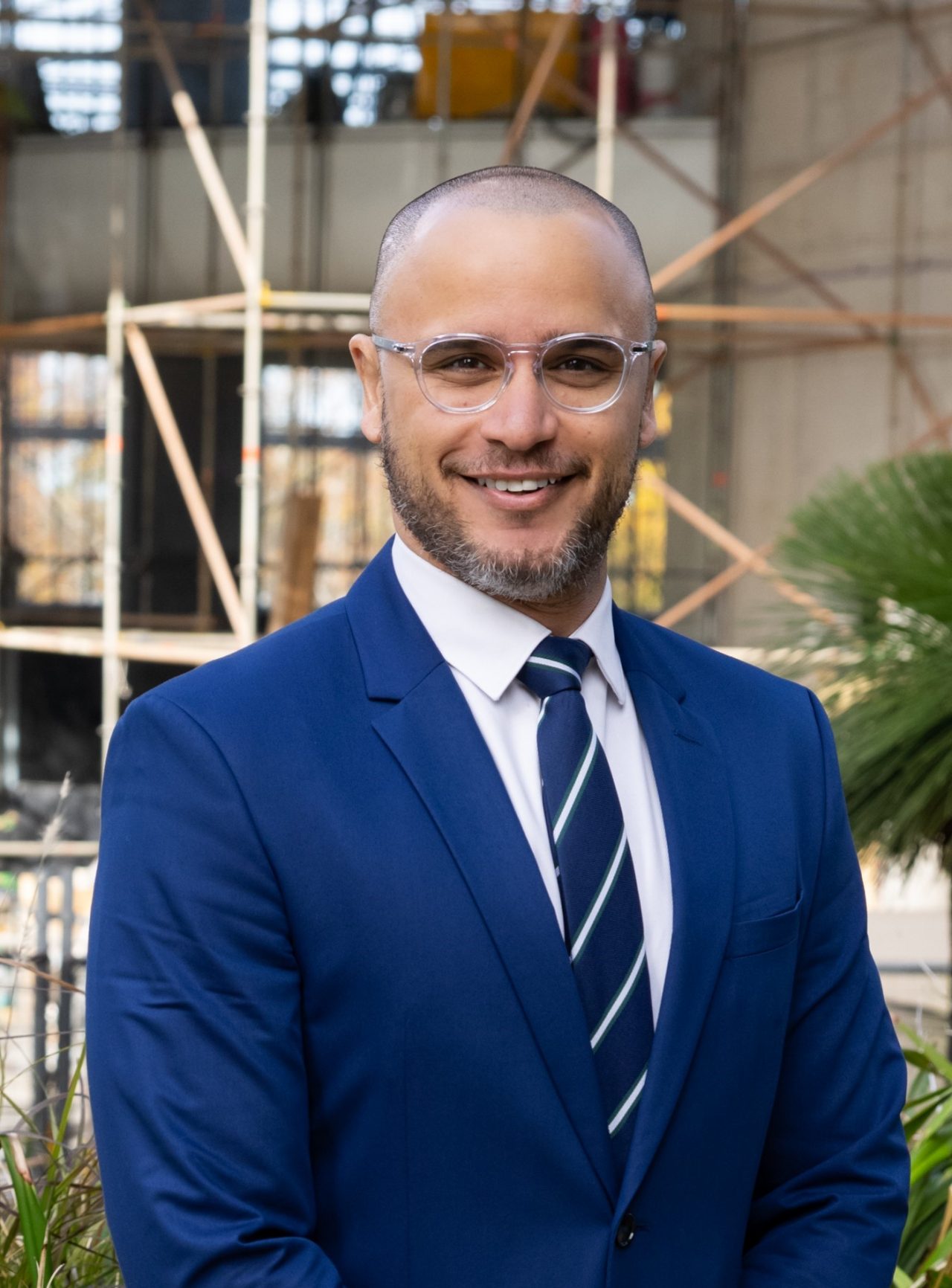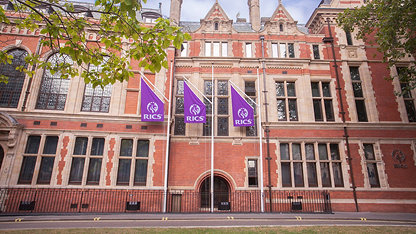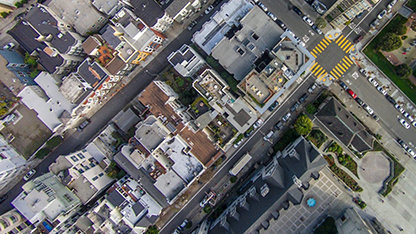Michald Barthus MRICS, Chartered Quantity Surveyor discusses his experience of managing his career and mental health, how we can challenge the mental health stigma, and what the built and natural environment can do to be more inclusive.
Tell us a bit about your professional background and your experiences with mental health
As a Chartered Quantity Surveyor with over 20 years of experience, I have worked on various international projects across multiple sectors in the construction and engineering industry. My career has seen me take on numerous roles, from senior site quantity surveyor to commercial manager. I have had the privilege of working with renowned companies and now own and operate a consulting business.
In terms of mental health, my journey has been influenced significantly by the challenges of moving to and working in different countries. Adapting to new cultures, managing the stress of relocation, and coping with the isolation from being away from family and friends have all contributed to periods of anxiety and difficulty in forming stable relationships. However, through professional support, personal development, and a commitment to understanding and managing my mental health, I have found ways to move forward in my professional life. Positive support from colleagues and mentors, particularly in understanding these unique experiences, has been invaluable.
Despite progress, there is still a stigma around mental health. Why do you think this is and what can we do to change this?
The stigma around mental health persists due to a combination of cultural attitudes, lack of education, and fear of the unknown. Some might view mental health issues as weaknesses or personal failings rather than medical conditions that require understanding, support, and treatment. To change this, we need increased awareness and education about mental health. Encouraging open conversations about mental health and sharing personal stories can also help to normalise these issues and reduce the stigma.
What can the built and natural environment do to be more inclusive of people with diverse mental health needs?
The built environment can support mental health by creating spaces that promote wellbeing. This includes designing buildings and spaces that offer natural light, ventilation, greenery, and quiet areas for relaxation and reflection. Incorporating flexibility in workspaces and environments to accommodate different working styles and needs can also be beneficial. Prioritising accessibility and inclusivity and ensuring that spaces are welcoming and supportive for individuals with diverse mental health needs would also be helpful.
What advice would you give to someone struggling with their mental health?
I would encourage someone struggling with their mental health to reach out for support. This can be through professional help, such as therapy or counselling, or by talking to trusted friends, family members, or colleagues. Recognising that you are not alone and that seeking help is a sign of strength is important. Additionally, finding healthy coping mechanisms such as exercise, mindfulness, or engaging in hobbies can provide relief from symptoms and support your overall wellbeing.
In what ways do you think employers, managers, and leadership can support employees' mental health and promote better wellbeing in the workplace?
Employers and leaders can support employees' mental health by creating a culture of openness and support. This includes providing mental health resources and training, offering flexible working arrangements, and promoting work-life balance. Other suggestions include having policies in place for mental health support and providing managers with training to recognise and respond to mental health issues. It’s also crucial to have regular check-ins with employees and foster an environment where people feel comfortable discussing their mental health without fear of judgment.











